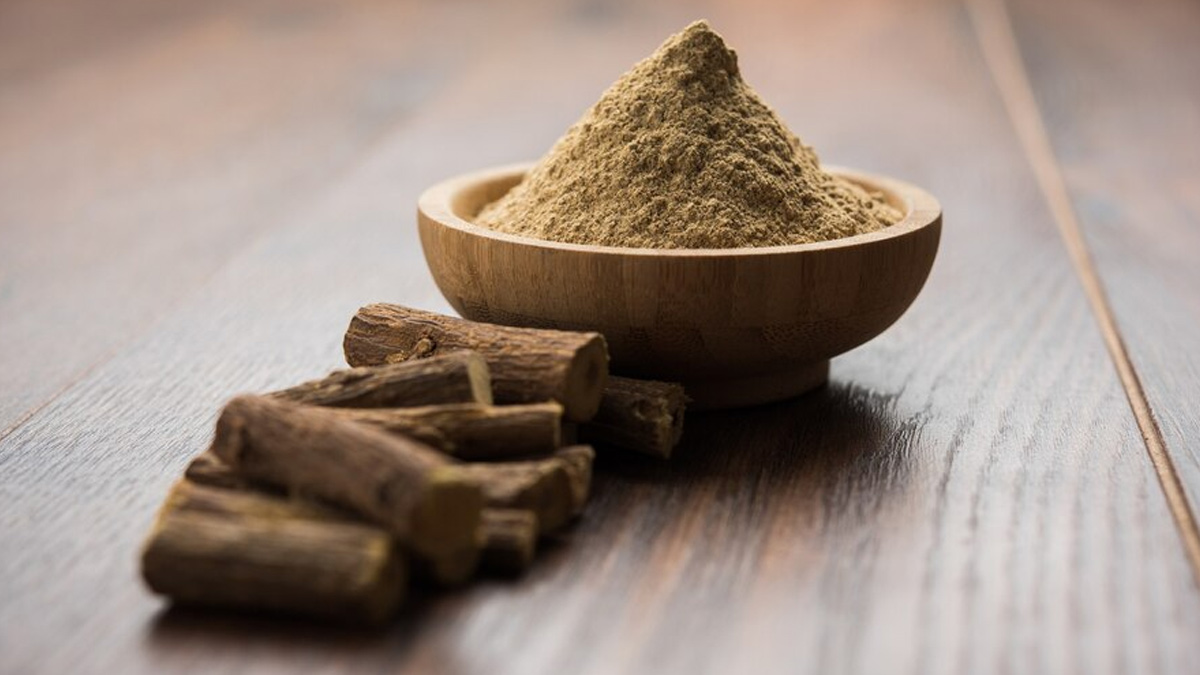Hyperpigmentation is a common skin concern that can arise due to various factors such as sun exposure, hormonal changes, and inflammation. It often manifests as dark patches or spots on the skin, causing distress and a desire for remedies that can effectively lighten and even out the complexion. While there are many products available in the market claiming to address hyperpigmentation, natural remedies like mulethi (licorice) have gained attention for their potential benefits in reducing skin discoloration. In this article, we will delve into the properties of mulethi and how it can be utilized to combat hyperpigmentation effectively.
Understanding Hyperpigmentation: Causes and Effects
Before we explore the potential of mulethi in treating hyperpigmentation, it is essential to understand the underlying causes of this skin condition. Hyperpigmentation occurs when melanin, the pigment responsible for skin color, is overproduced in certain areas, leading to darkening of the skin. This overproduction can be triggered by factors such as:
1. Sun Exposure:
Prolonged exposure to ultraviolet (UV) radiation from the sun stimulates the production of melanin in the skin as a defense mechanism against damage. This can result in the formation of dark spots or freckles, especially on areas that are frequently exposed to sunlight.
2. Hormonal Changes:
Fluctuations in hormone levels, particularly during pregnancy or due to hormonal disorders like melasma, can contribute to the development of hyperpigmentation. This type of pigmentation often appears as patches of discoloration on the face, abdomen, or other parts of the body.
3. Inflammation:
Skin inflammation caused by conditions such as acne, eczema, or injury can trigger an increase in melanin production, leading to post-inflammatory hyperpigmentation. This type of pigmentation usually occurs as dark marks or scars at the site of previous inflammation.
Exploring the Benefits of Mulethi for Hyperpigmentation
Mulethi, also known as licorice root, has been used for centuries in traditional medicine systems like Ayurveda and traditional Chinese medicine for its various therapeutic properties. One of the key components of mulethi is glabridin, a compound that has been studied for its potential skin-lightening effects. Here are some ways in which mulethi may help in reducing hyperpigmentation:
1. Inhibiting Tyrosinase Activity:
Tyrosinase is an enzyme involved in the production of melanin. Studies have shown that glabridin present in mulethi can inhibit the activity of tyrosinase, thereby reducing the synthesis of melanin in the skin. This can help in preventing the formation of dark spots and lightening existing hyperpigmentation.
2. Anti-inflammatory Properties:
Mulethi exhibits anti-inflammatory properties that can help in calming and soothing the skin. By reducing inflammation, mulethi may aid in preventing post-inflammatory hyperpigmentation and promoting overall skin health.
3. Antioxidant Effects:
The antioxidants present in mulethi help in neutralizing free radicals that can damage the skin and contribute to hyperpigmentation. By scavenging these free radicals, mulethi protects the skin from oxidative stress and supports its natural repair mechanisms.
Incorporating Mulethi into Your Skincare Routine
Now that we understand the potential benefits of mulethi for hyperpigmentation, let’s explore how you can incorporate this natural ingredient into your skincare routine:
1. Mulethi Extract or Powder:
You can find mulethi extract or powder in various skincare products such as serums, creams, and masks. Look for products containing mulethi as an active ingredient and incorporate them into your daily skincare regimen.
2. DIY Mulethi Face Masks:
You can create your own face masks using mulethi powder along with other skin-brightening ingredients like yogurt, honey, or turmeric. Apply the mask to your face, leave it on for about 15-20 minutes, then rinse off with lukewarm water for a natural glow.
3. Mulethi Infused Toners:
Another way to benefit from mulethi is by using a mulethi-infused toner. After cleansing your face, apply the toner using a cotton pad to help even out your skin tone and prepare it for subsequent skincare products.
Precautions and Considerations
While mulethi can offer potential benefits for hyperpigmentation, it’s essential to exercise caution, especially if you have sensitive skin or allergies. Here are some precautions to keep in mind:
- Perform a patch test before using any mulethi-based products to check for any adverse reactions.
- Avoid prolonged sun exposure when using mulethi products, as they may increase sensitivity to UV radiation.
- If you experience any irritation or discomfort, discontinue use and consult a dermatologist.
Disclaimer : इस न्यूज़ पोर्टल को बेहतर बनाने में सहायता करें और किसी खबर या अंश मे कोई गलती हो या सूचना / तथ्य में कोई कमी हो अथवा कोई कॉपीराइट आपत्ति हो तो वह [email protected] पर सूचित करें। साथ ही साथ पूरी जानकारी तथ्य के साथ दें। जिससे आलेख को सही किया जा सके या हटाया जा सके ।














